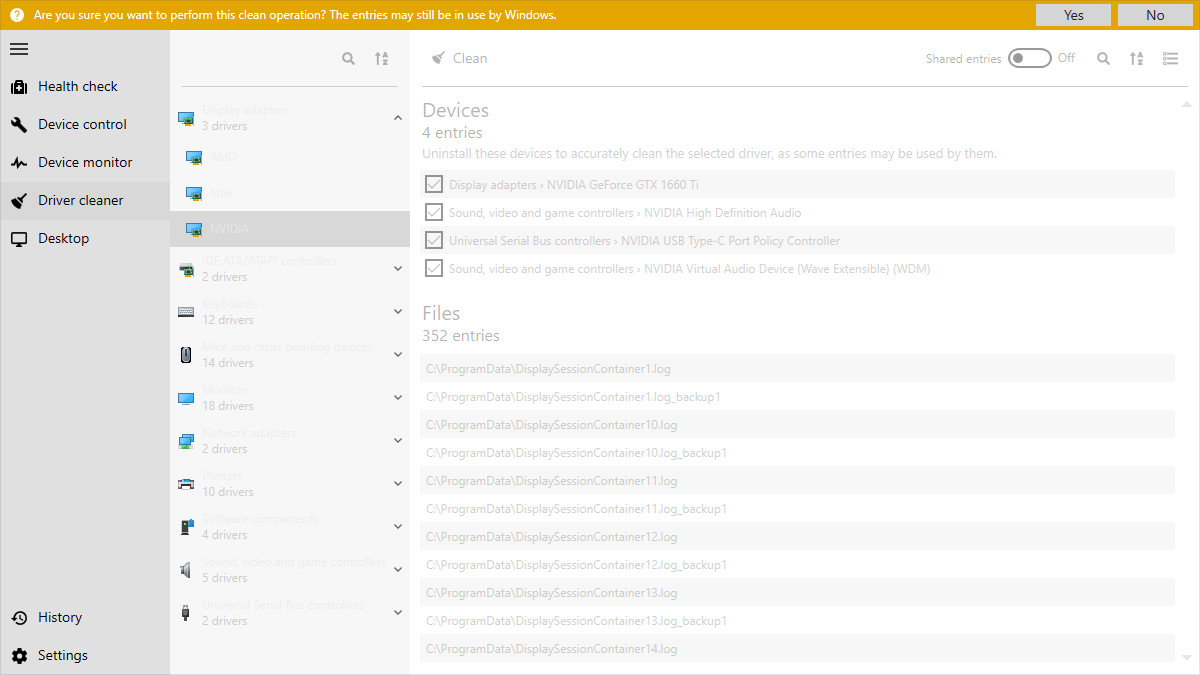- HHT Mice & Touchpads Driver Download For Windows
- Hht Mice & Touchpads Driver Download For Windows 8.1


A mouse model of hereditary hemorrhagic telangiectasia generated by transmammary-delivered immunoblocking of BMP9 and BMP10
HHT Mice & Touchpads Driver Download For Windows

Abstract
Hereditary hemorrhagic telangiectasia (HHT) is a potentially life-threatening genetic vascular disorder caused by loss-of-function mutations in the genes encoding activin receptor-like kinase 1 (ALK1), endoglin, Smad4, and bone morphogenetic protein 9 (BMP9). Injections of mouse neonates with BMP9/10 blocking antibodies lead to HHT-like vascular defects in the postnatal retinal angiogenesis model. Mothers and their newborns share the same immunity through the transfer of maternal antibodies during lactation. Here, we investigated whether the transmammary delivery route could improve the ease and consistency of administering anti-BMP9/10 antibodies in the postnatal retinal angiogenesis model. We found that anti-BMP9/10 antibodies, when intraperitoneally injected into lactating dams, are efficiently transferred into the blood circulation of lactationally-exposed neonatal pups. Strikingly, pups receiving anti-BMP9/10 antibodies via lactation displayed consistent and robust vascular pathology in the retina, which included hypervascularization and defects in arteriovenous specification, as well as the presence of multiple and massive arteriovenous malformations. Furthermore, RNA-Seq analyses of neonatal retinas identified an increase in the key pro-angiogenic factor, angiopoietin-2, as the most significant change in gene expression triggered by the transmammary delivery of anti-BMP9/10 antibodies. Transmammary-delivered BMP9/10 immunoblocking in the mouse neonatal retina is therefore a practical, noninvasive, reliable, and robust model of HHT vascular pathology.
- Publication:
- Pub Date:
- November 2016
- DOI:
- 10.1038/srep37366
- Bibcode:
- 2016NatSR...537366R
Hht Mice & Touchpads Driver Download For Windows 8.1
To examine visceral involvement, 22 of 50 End +/− mice with life-threatening signs of HHT and/or at an advancing age were sacrificed. Direct microscopic examination of the mesenteric surface of the small intestine revealed a telangiectasia, seen as a network of dilated vessels, in an End +/− HHT mouse but not in the End +/+ littermate control (Figure 2, a and b). As previously described (2), mice homozygous for an endoglin null allele exhibit an embryonic-lethal phenotype. The essential abnormality appears to be defective remodeling of the primary vascular plexus (3), resulting in abnormal yolk sac and embryonic blood vessel development.
